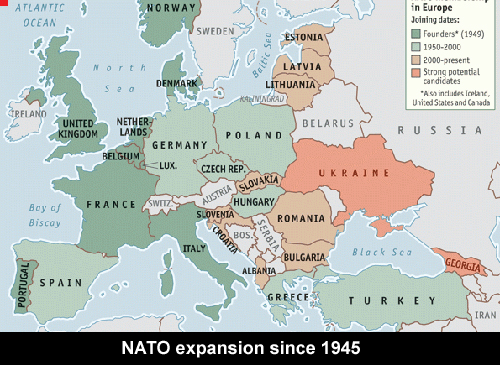This week was the 76th anniversary of our having dropped the A-bomb on Hiroshima and Nagasaki. Seems like yesterday, doesn’t it? What an insane thing to do – though to be frank, at that point in the war our bombers were laying waste to Japanese cities with conventional bombs, including a 1000 plane raid on Tokyo. (The commander liked the number.)
When we pay homage to those whose lives were lost or permanently altered by this episode, we do so in the knowledge that things went from bad to worse over the years that followed. The system we set up over the arc of the Cold War was aptly described as a “Doomsday Machine”. Whistleblower Daniel Ellsberg reviews this system in great detail in his recent book, The Doomsday Machine: Confessions of a Nuclear War Planner.
Planning for first strike/use
One thing that wasn’t particularly surprising about Ellsberg’s book was the fact that U.S. nuclear policy has always been based on the idea of first strike or first use. The reasoning is pretty simple – launch an overwhelming strike that eliminates the enemy’s ability to launch their own attack, partly by targeting their nuclear arsenal. The other component is that of blackmail, in essence – do as we say or we will blow up your cities.
What Ellsberg makes clear is that their actual plan in the 1950s and early 60s was, in the event of a general war, to bomb both the Soviet Union and the People’s Republic of China to smithereens, even if the Chinese were not a party to the conflict. Of course, we know now (and they likely knew then) that any large exchange of H-bombs would result in virtual omnicide, but our war planners tried not to dwell on that notion.
Planes, trains, and autonomous vehicles
This insane “war” plan – really, an annihilation plan – was built on the flimsiest platform back in the 1950s. Supposedly only the president could give the order to use nuclear weapons. That authority, according to Ellsberg, was delegated to regional commanders, either explicitly or implicitly (there was supposedly a letter from Eisenhower to his commanders setting out the authority, though no one seemed to be able to produce a copy).
The plan relied on bombers back then and a very unreliable global communication system that could be disrupted by the weather. Later on, it was ICBMs with MIRV’ed warheads (multiple independent H-bomb warheads in a single missile), but the game was the same – use them or lose them.
It got to such a point of madness that during the Carter administration, planners seriously considered a massive construction project out west to support the MX missile program. It was like an enormous shell game, with thousands of miles of track, mobile launchers, bunkers, pools, fake missiles, all to throw the Soviets off.
Still crazy after all these years
Suffice to say that we still live with the remnants of this madness. After a number of close calls, when the entire ramshackle enterprise almost came crashing down on us all, we are still apparently willing to extend the life of these weapons yet another generation.
The longer these weapons exist, the greater the danger that they will be used. If our leaders really wanted to keep us safe, they would take the lead in ending the nuclear standoff once and for all. Their failure to do so speaks volumes.
luv u,
jp


